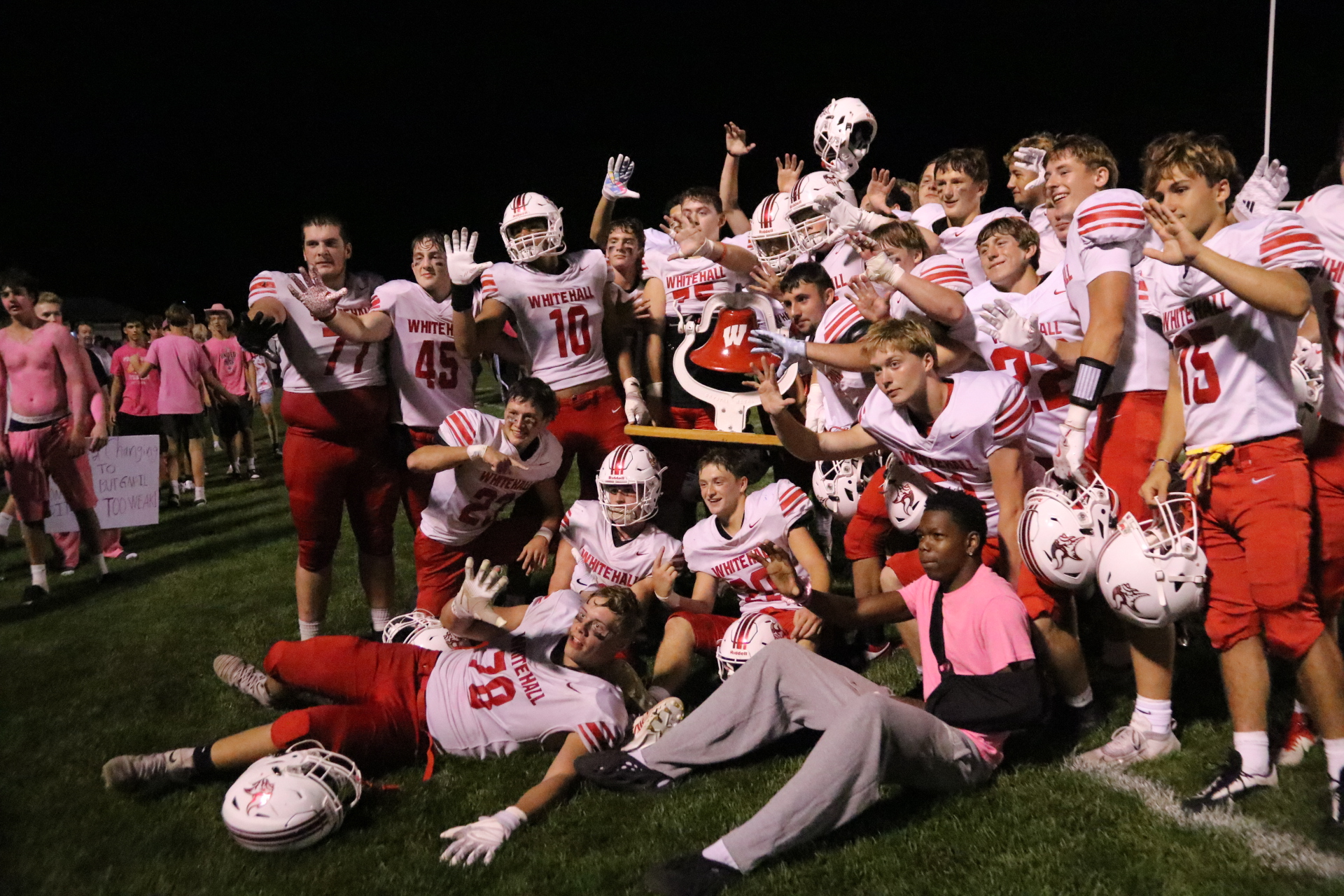High school sports have long been a cornerstone of American culture. They bring communities together, build school spirit, and shape the lives of young people. Yet, beneath the cheers and Friday night lights lies a pressing debate: Are school sports supposed to be elite and competitive, or inclusive and fun for everyone?
The answer depends largely on perspective—especially the perspective of parents and their children.
Competing Views on Sports
People generally fall into three camps when it comes to defining the purpose of high school athletics:
- Competition and Excellence
For some, sports are about striving to win, pushing athletes to reach their potential, and representing the school with pride.
- Inclusivity and Participation
Others believe every student should have a chance to play, with the focus on fitness, friendships, and personal growth rather than trophies.
- Friendship and Fun
Many see sports as a vehicle for memories and relationships, valuing camaraderie over championships.
How Parents’ Experiences Shape Their Opinions
Parents’ personal histories often influence how they view athletics:
- Former competitive athletes typically value high standards, winning records, and rigorous coaching.
- Parents who didn’t excel in sports themselves often prefer programs that emphasize inclusivity and recreation.
- A child’s skill level also matters. Parents of standout athletes usually advocate for more competitive structures, while parents of less-skilled players tend to favor broader participation.
These differences create tension within communities as families push for policies that align with their child’s needs.
The Tiered Approach: A Place for Everyone
One solution is a tiered athletic system that balances development with competition:
- Junior Varsity (JV): Emphasizes fundamentals, growth, and preparation for higher levels. The focus isn’t on winning but on skill-building and participation.
- Varsity: Represents the highest level of school athletics, where teams compete for championships and embody school pride.
This structure ensures opportunities for all students while preserving the integrity of high-level competition.
Why Competition Still Matters
While inclusivity is important, competition gives sports their unique value. Without it, athletics risk blending into ordinary physical education. Competition:
- Motivates athletes to improve.
- Builds school spirit and excitement through rivalries.
- Prepares serious athletes for college or club-level play.
- Teaches resilience, teamwork, and how to handle both success and failure.
Without competitive opportunities, ambitious athletes often leave for outside club programs, weakening school sports.
The Pivotal Role of Coaches
No matter the structure, coaches ultimately shape the culture of a program.
- Strong coaches set clear expectations, teach fundamentals, and instill accountability.
- Weak coaching can squander even the most talented teams, leading to frustration and disengagement.
When coaching is intentional and balanced, sports become more than just games—they become classrooms for life lessons.
Striking the Balance
High school athletics work best when they complement education, not overshadow it. The most effective programs strike a balance: offering inclusive JV teams for growth and fun while maintaining competitive varsity teams for excellence.
Done right, high school sports unite communities, inspire students, and prepare young people for life beyond the playing field.
Hart Girls Golf Compete in Their First Meet in School History
Reconciling competition and positive youth development in sport



























Jill Young
October 1, 2025 at 12:25 pm
Excellent article, Kara